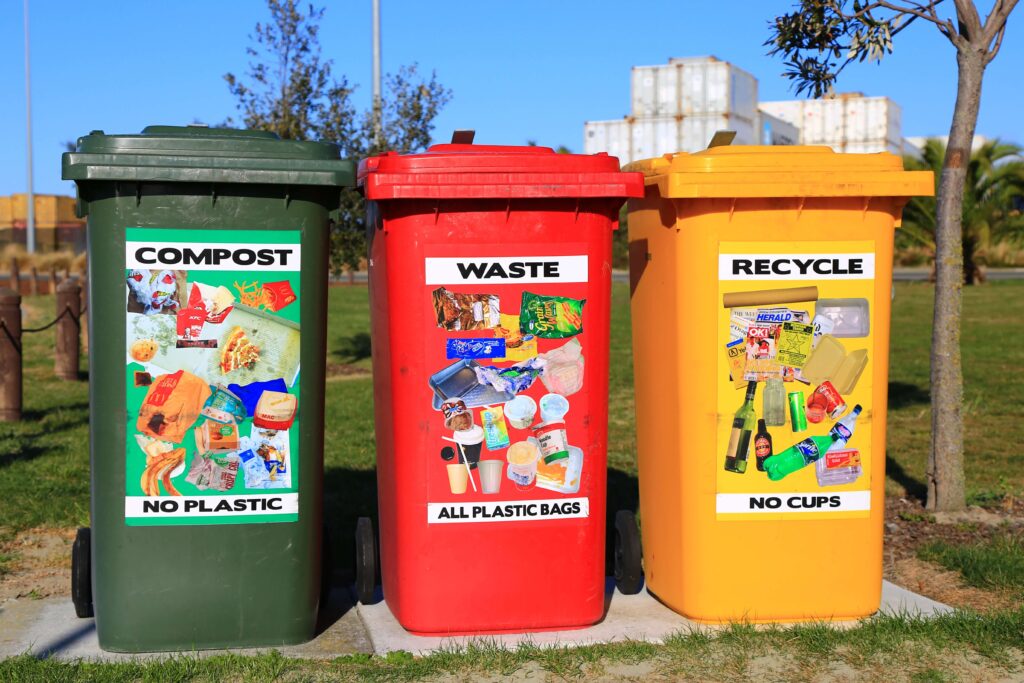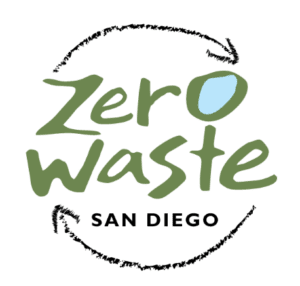Recycling is the process of converting waste materials into new materials and objects. The recovery of energy from waste materials is often included in this concept. The recyclability of a material depends on its ability to reacquire the properties it had in its original state
Recycling should be the last stage of zero waste and the alternative to landfilling.
Did you know?
- An average San Diegan throws away 8lbs of trash a day. The average in US is 4lbs a day.
- Every ton of paper recycled saves 17 trees
- It takes 90% less energy to recycle aluminum cans and 65% less energy to recycle paper than it is to make out of virgin material.
- Recycling 1 aluminum can saves enough energy to run your TV for 3 hours
How long does it take to decompose?
- Plastic – 500 years
- Aluminum Cans – 500 years
- Organic material, paper, and textiles – 6 months. If buried in the landfill can create methane gas (which is 72x more potent than CO2)
Dr Dan Knapp from Urban Ore discovered the twelve master commodity categories was first reported formally at the Governor’s Conference on Solid Waste and Recycling in Charleston, West Virginia in 1986. Dan Knapp gave the keynote speech and showed the makeup of the twelve categories using pictures of each category of resource.
The heart of this presentation was this pie chart showing the twelve master commodities’ contribution to the total municipal supply of discards using an estimate that combines weight and volume. The presentation represented the culmination of almost a decade of work and studies. The City of Berkeley hired a disinterested engineering firm, Cal Recovery Inc., to use these categories for a profile the Berkeley discards. The study showed there was nothing left out and nothing left over, and the estimates were close to that particular discard supply. The proportions will vary from place to place. This is the only set of categories based on recovering everything for the market, and the only one that includes reusables, which can come from any of the other categories.
He categorized “waste” into 12 categories of marketable resources:
- Textiles
- Wood
- Paper
- Polymers
- Metals
- Glass
- Chemicals
- Putrescibles
- Reusables
- Soil
- Ceramics
- Plant Debris
Download the West Virginia Report
To learn more and view local Recycling resources, visit our Education Page.


